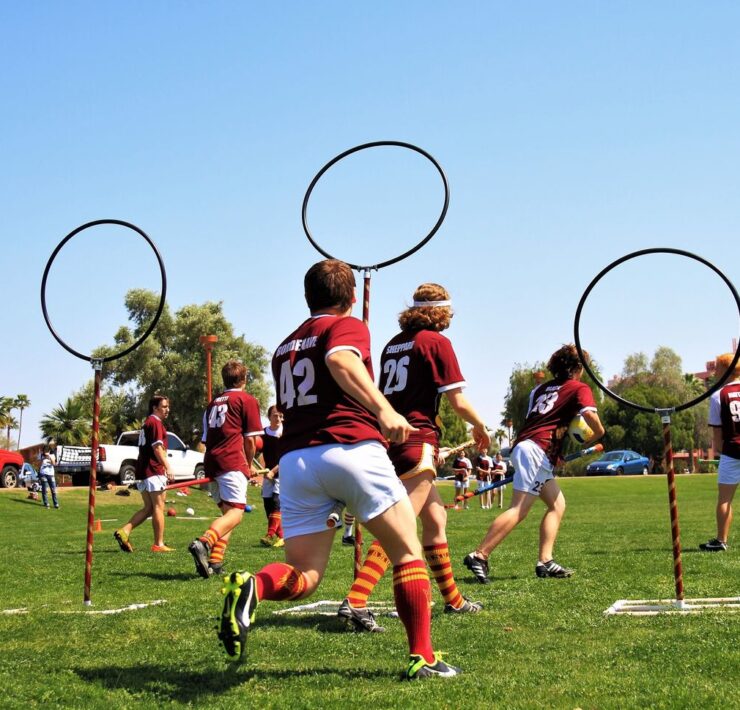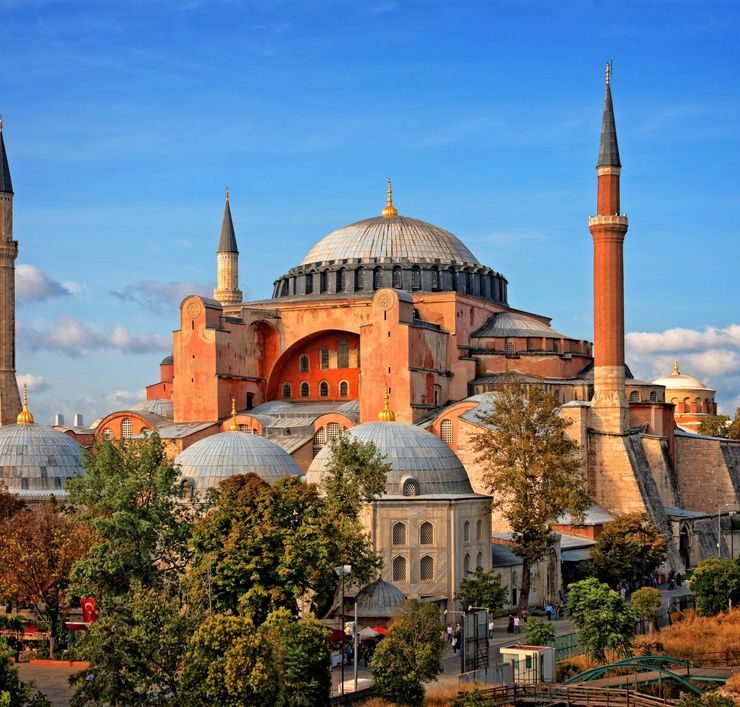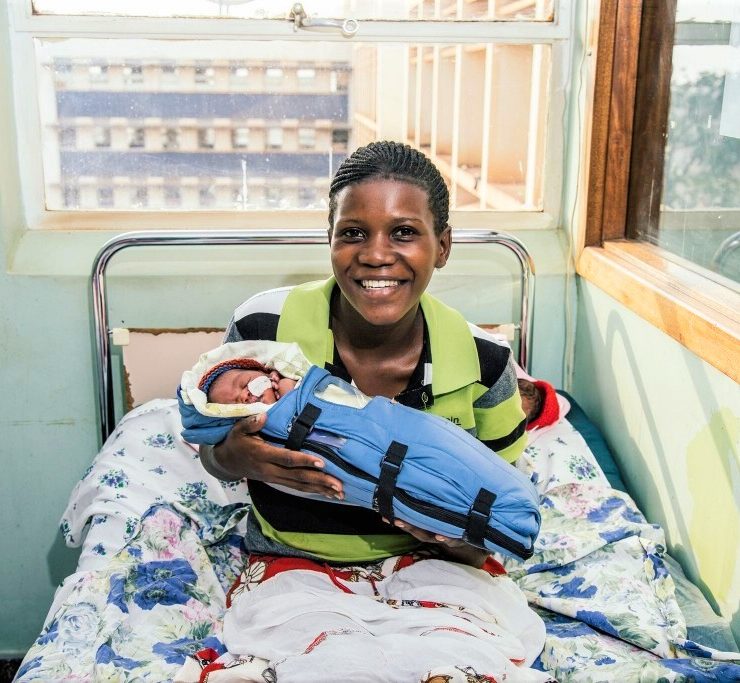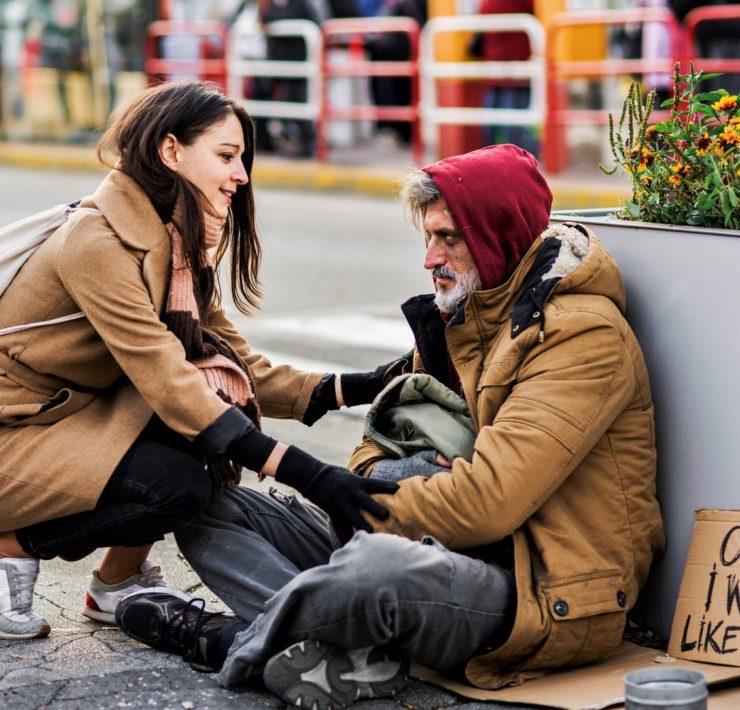Gabriel Garcia Marquez was famous for his literary works that struck his readers into his own world. The significant writer of the 20th century brought life to magic realism, a literary style that uses magical elements to ordinary situations. Beyond that, he also wrote screenplays, went to law school (but didn’t finish), and worked as a journalist. And if you’re wondering how Gabo lived throughout his amazing (and not-so amazing) years, you can go ahead to Colombia and follow his lead through his stories. Here are the 4 cities you should visit to know more about Gabriel Garcia Marquez:
Aracataca for One Hundred Years of Solitude
At that time Macondo was a village of twenty adobe houses, built on the bank of a river of clear water that
ran along a bed of polished stones, which were white and enormous, like prehistoric eggs.To start your tour, first thing you’ll need to visit is Gabo’s birthplace – the place where his creativity started to flourish. It was told to be the inspiration of One Hundred Years of Solitude‘s Macondo that a referendum was even made to change the town’s name to Aracataca-Macondo, but it failed. Here, you can visit the train station, the two museums dedicated to him, his first home, and his first school.
Mompox for Chronicle of a Death Foretold
It had struck six and the street lights were still on. In the branches of the almond trees and on some balconies the colored wedding decorations were still hanging and one might have thought they’d just been hung in honor of the bishop. But the square, covered with paving stones up to the front steps of the church, where the bandstand was, looked like a trash heap, with empty bottles and all manner of debris from the public festivities.
When Santiago Nasar left his house, several people were running toward the docks, hastened along by the bellowing of the boat. The only place open on the square was a milk shop on one side of the church, where the two men were who were waiting for Santiago Nasar in order to kill him.
Often described as the inspiration for Chronicle of a Death Foretold, Mompox (or Mompos, officially Santa Cruz de Mompox) is a town right beside the Magdalena River, Colombia’s principal waterway. It has been preserved for years, giving you a taste of the Spanish colonial era with its old buildings still used for their original purposes.
Cartagena in Love in the Time of Cholera
From the sky they could see, just as God saw them, the ruins of the very old and heroic city of Cartagena de Indias, the most beautiful in the world, abandoned by its inhabitants because of the cholera panic after three centuries of resistance to the sieges of the English and the atrocities of the buccaneers. They saw the walls still intact, the brambles in the streets, the fortifications devoured by heartsease, the marble palaces and the golden altars and the Viceroys rotting with plague inside their armor.
Cartagena, Gabo’s second home where he started his career as a journalist and studied to become a lawyer, has been clearly stated and described in 1985′s Love in Time of Cholera. The city is a tourist spot famously known for its historic center known as the “Walled City”, a UNESCO World Heritage site. Cartagena was also the inspiration for his other books like Of Love and other Demons and The General in His Labyrinth.
Bogota in Living to Tell the Tale
At that time Bogotá was a remote, lugubrious city where an insomniac rain had been falling since the beginning of the sixteenth century.
Gabo stayed in the city of Bogota to work for the newspaper El Espectador as he had said in his autobiography Living to Tell the Tale. He had reported monumental events in the neighborhood of La Candelaria, including the assassination of the populist leader Jorge Eliecer Gaitan and the 1954 massacre of student protesters by a military dictatorship. Other than being Gabo’s workplace, Bogota is home of his usual hangouts like the Plaza del Periodista (Journalists’ Plaza) beside the old El Espectador building and Café Pasaje on Plaza del Rosario that wasn’t mentioned in his autobiography.
Are you up to take Gabriel Garcia Marquez’s trail?
When On Earth Magazine is for people who love travel. We provide informative travel guides, tips, ideas and advice regarding places to see, things to do, what to taste, and much more for world travelers seeking their next dream vacation destination.





